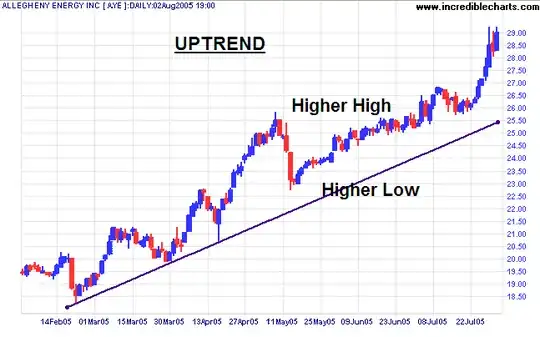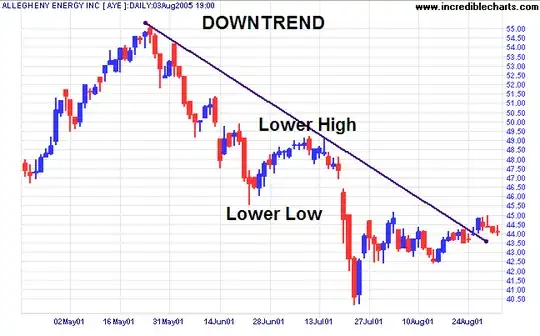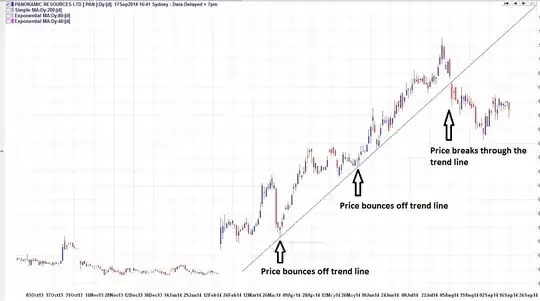The study of technical analysis is generally used (sometimes successfully) to time the markets.
There are many aspects to technical analysis, but the simplest form is to look for uptrends and downtrends in the charts.
Generally higher highs and higher lows is considered an uptrend.

And lower lows and lower highs is considered a downtrend.

A trend follower would go with the trend, for example see a dip to the trend-line and buy on the rebound. A simple strategy for this is shown in the chart below:

I would be buying this stock when the price hits or gets very close to the trendline and then it bounces back above it. I would then have sold this stock once it has broken through below the trendline. This may also be an appropriate time if you were looking to short this stock. Other indicators could also be used in combination for additional confirmation of what is happening to the price.
Another type of trader is called a bottom fisher. A bottom fisher would wait until a break above the downtrend line (second chart) and buy after confirmation of a higher high and possibly a higher low (as this could be the start of a new uptrend).
There are many more strategies dealing with the study of technical analysis, and if you are interested you would need to find and learn about ones that suit your investment styles, whether you prefer short term trading or longer term investing, and your appetite for risk.
You can develop strategies using various indicators and then paper trade or backtest these strategies. You can also manually backtest a strategy in most charting packages. You can go back in time on the chart so that the right side of the chart shows a date in the past (say one year ago or 10 years ago), then you can click forward one day at a time (or one week at a time if using weekly charts). With your indicators on the chart you can do virtual trades to buy or sell whenever a signal is given as you move forward in time. This way you may be able to check years of data in a day to see if your strategy works.
Whatever you do, you need to document your strategies in writing in a written trading or investment plan together with a risk management strategy. You should always follow the rules in your written plan to avoid you making decisions based on emotions. By backtesting or paper trading your strategies it will give you confidence that they will work over the long term.
There is a lot of work involved at the start, but once you have developed a documented strategy that has been thoroughly backtested, it will take you minimal time to successfully manage your investments. In my shorter term trading (positions held from a couple of days to a few weeks) I spend about half an hour per night to manage my trades and am up about 50% over the last 7 months. For my longer term investing (positions held from months to years) I spend about an hour per week and have been averaging over 25% over the last 4 years.
Technical Analysis does work for those who have a documented plan, have approached it in a systematic way and use risk management to protect their existing and future capital. Most people who say that is doesn't work either have not used it themselves or have used it ad-hock without putting in the initial time and work to develop a documented and systematic approach to their trading or investing.


